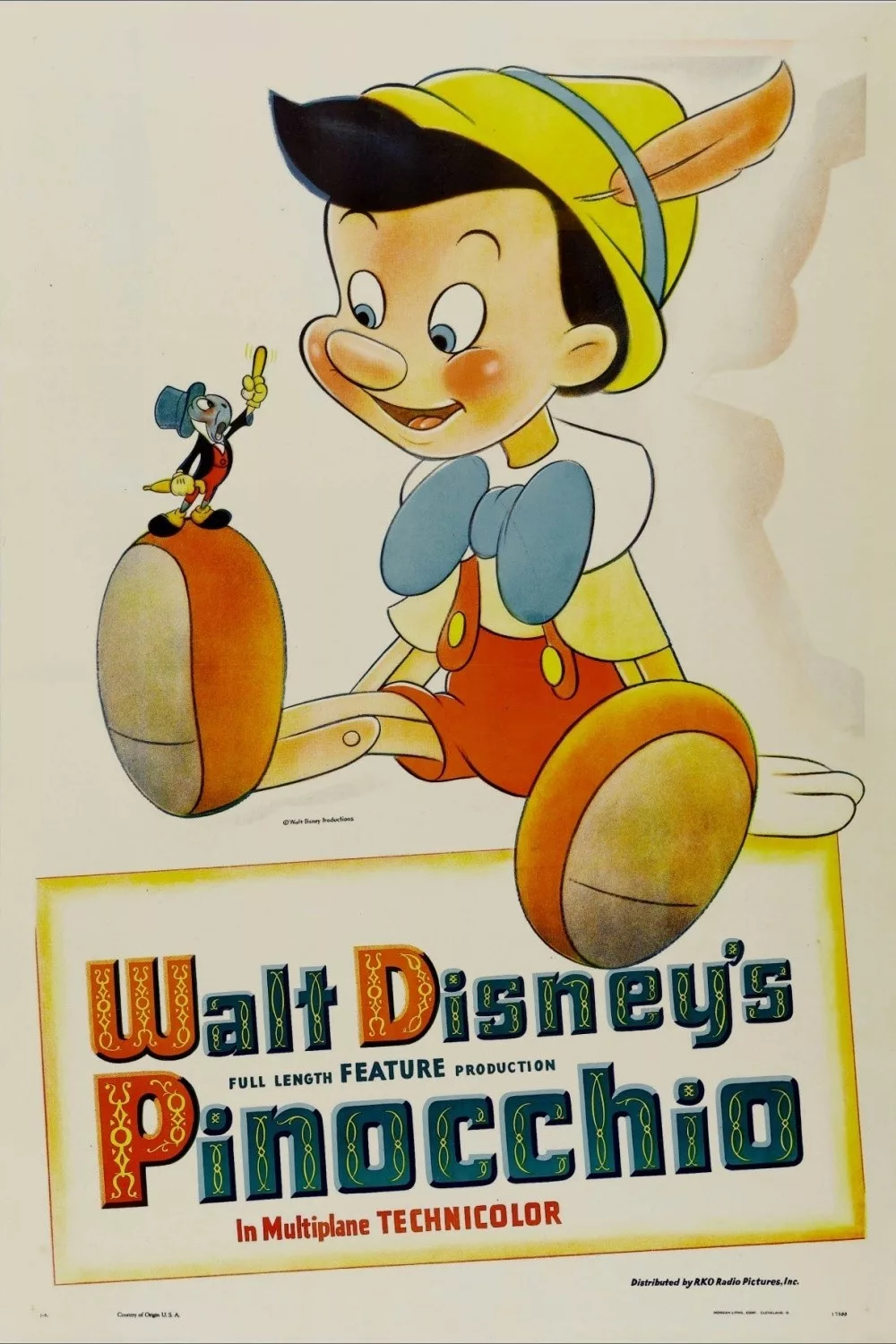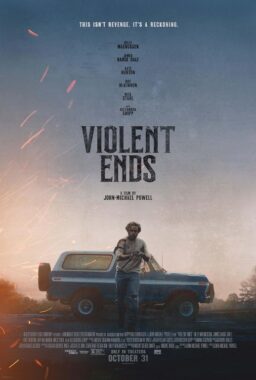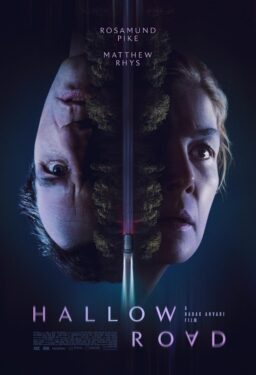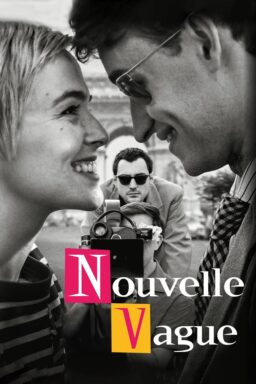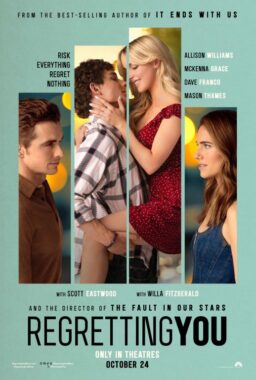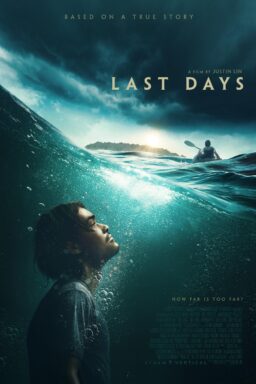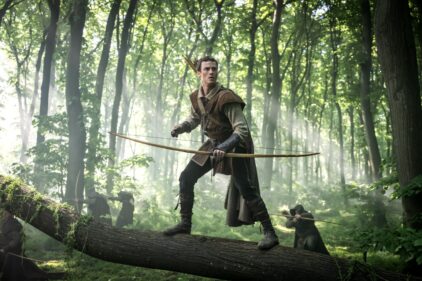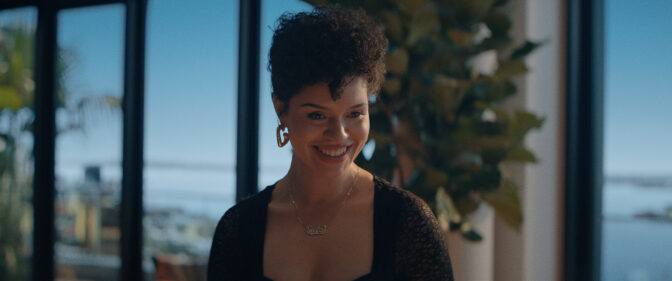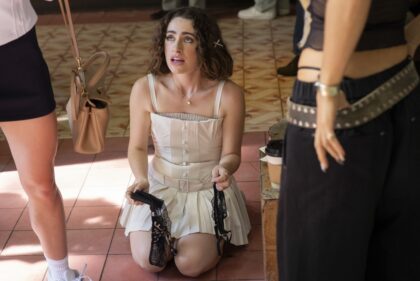Was there ever a scarier, more exciting animated feature than “Pinocchio”? I doubt it – at least not if you were between the ages of 5 and 10 when you saw it, and could identify with its blockheaded little hero. Pinocchio, who is not the brightest character in the history of cartoons, wants only to be a good little boy, but he’s trapped by scoundrels who want to use him as a sideshow attraction, and then he’s kidnapped and sent to an island where he will be turned into a donkey and put to work in the salt mines all day long.
I remember seeing “Pinocchio” for the first time when I was just about the right age, and identifying with every single moment of the movie. Seeing it again the other day, for the third or fourth time, I was struck again by what a great animated film it is. Many people choose “Snow White and the Seven Dwarfs” as their favorite feature cartoon from Disney’s golden age. My choice is “Pinocchio.” The movie, made in 1940 and carefully restored for the 1992 re-release, comes from the era of full animation, before Disney and all the other animators started cutting corners. New films like “The Little Mermaid” and “Beauty And The Beast” (1991), have returned to this tradition, thanks to labor-saving help from computers, but in 1940 real human artists lovingly illustrated every frame of this movie, and weren’t afraid to take pains with the details, like the waves on the ocean that curl back in horror at the approach of Monstro the Whale.
The movie looks great, it contains terrific songs (including the immortal “When You Wish Upon a Star”), and the story is scary in a way kids can identify with. Pinocchio is without a doubt the most passive and simple-minded of the Disney cartoon heroes, but he’s surrounded by a colorful gallery of villains and connivers, including the evil Stromboli, who thinks there is money to be made from a wooden puppet who can walk and talk. And on the good side, of course, there are Jiminy Cricket, whose high-wire act on a violin string is one of the greatest moments in the history of animation, and the kindly old Geppetto, who wants a son and is overjoyed when his puppet comes to life.
The scenes that haunted my childhood dreams mostly took place on Pleasure Island, that isle of lost boys where the carnival pleasures of shooting pool and smoking cigars were only a lure to trap the kids before they could be turned into donkeys. And then of course there is the thrilling adventure with Monstro the Whale, whose cavernous belly swallows up Geppetto when he goes to sea in search of his missing son.
The beauty of “Pinocchio” is that what happens to Pinocchio seems plausible to the average kid – unlike what happens, say, to the Little Mermaid. Kids may not understand falling in love with a prince, but they understand not listening to your father, and being a bad boy, and running away and getting into real trouble. The movie is genuinely exciting and romantic, great to look at, and timeless.
NOTE: The last time I saw “Pinocchio,” in 1985, the movie was being projected in a “cropped” format that made it appear wider, but at the cost of lost images at the top and bottom of the screen. When I complained, Disney blamed the cropping on the projectionist, claiming he didn’t use the correct aspect ratio. Don’t let that happen to you with this wonderfully restored version, its colors fresh and sparkling, which is being shown in the original, classic 1-to-1.33 ratio.
If the picture on the screen looks proportionately wider than a TV screen, demand your money back.


